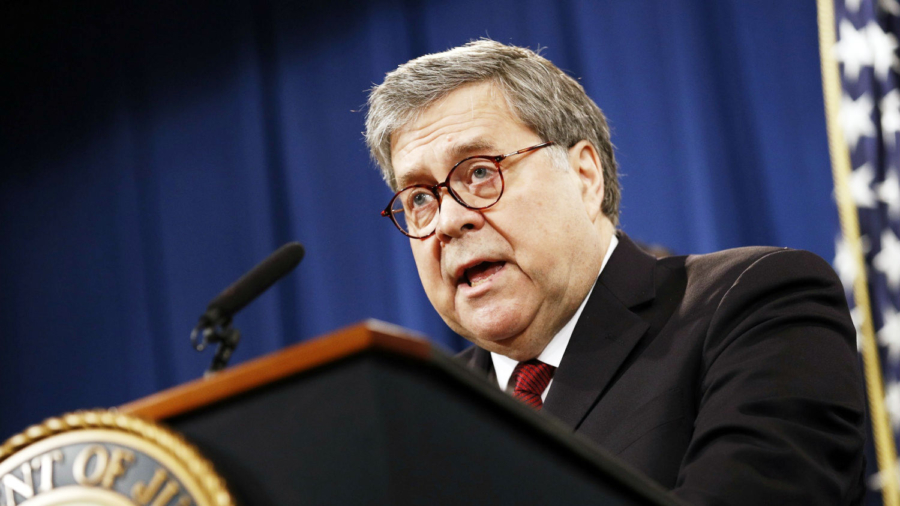A federal judge on Nov. 20 ordered the upcoming execution of four federal death-row inmates to be put on hold.
The executions, which were scheduled for December and January, would have been the first federal executions in 16 years, ending an unofficial moratorium on the death penalty.
The inmates had challenged the Department of Justice’s plan to execute them with a single dose of pentobarbital, arguing it’s unconstitutional because this method hasn’t been approved by Congress. Judge Tanya S. Chutkan of the U.S. District Court for the District of Columbia ruled that the executions couldn’t take place until the inmates’ challenges have played out.
The Department of Justice on Nov. 21 filed a notice of appeal with the court challenging Chutkan’s decision.
President Donald Trump promised on the campaign trail in 2016 to get tough on crime, and executing inmates who have long languished in federal custody is part of that push. But death-penalty opponents have had the upper hand in the legal system, and efforts to clear a federal backlog have stalled before.
Shawn Nolan, a lawyer for the condemned men, told Politico in a statement that Chutkan made a wise ruling.
“By granting the preliminary injunction, the court has made clear that no execution should go forward while there are still so many unanswered questions about the government’s newly announced execution method,” he said.
The Convicts
To the applause of victims’ rights groups, the administration had planned to execute Daniel Lewis Lee on Dec. 9; Wesley Ira Purkey on Dec. 13; Alfred Bourgeois on Jan. 13, 2020; and Dustin Lee Honken on Jan. 15, 2020.
Lee was convicted in 1999 of murdering three members of an Arkansas family by shooting them with a stun gun, sealing them in bags that were weighed down with rocks, and then throwing them into water.
Purkey was convicted in 2003 of raping and killing a 16-year-old girl, after which he incinerated her remains and dumped them in a septic pond.
Bourgeois was convicted in 2002 of murdering his 2-year-old daughter.
Honken, a methamphetamine distributor, was convicted in 2004 of murdering two associates, and the girlfriend of one of them, along with two of her young daughters.
On July 25, U.S. Attorney General William Barr announced the government would resume federal executions using lethal injection, stating the government “owe[s] it to the victims and their families” to follow through with the executions after years of delay.
Death-Penalty Methods
Barr was also the attorney general under President George H.W. Bush in 1993 when the Justice Department decided executions should be all be done by lethal injection. From 1937 until that time, executions had to be carried out in the manner prescribed by the state of conviction.
But in 1994, Congress resurrected the traditional approach of following state practices, bypassing the Federal Death Penalty Act (FDPA). So when Barr announced this year that the Justice Department would use lethal injection in the upcoming executions, the inmates challenged the decision, saying it violates the FDPA.
Creating a one-size-fits-all federal method is “very likely” outside the attorney general’s authority, Chutkan wrote.
From The Epoch Times


